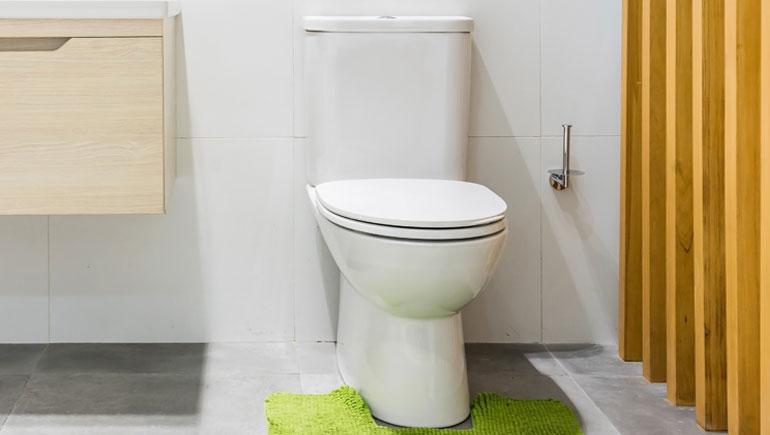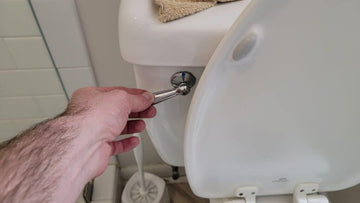In the realm of household plumbing, few topics have sparked as much debate as the use of low-flow toilets. The transition from traditional models to these water-saving marvels has not been without its share of skepticism and myths. In this article, we aim to demystify these misconceptions, offering clarity to the industry QA community and beyond.

Understanding Low-Flow Toilets
Before diving into the myths, it's crucial to understand what low-flow toilets are. Introduced in the 1990s, they were designed to use significantly less water per flush compared to their predecessors. While a standard toilet might use between 3.5 to 7 gallons per flush, low-flow models reduce this to 1.6 gallons or less. This shift was primarily driven by the need for water conservation, a critical issue in today's environmentally conscious world.
Myth #1: Low-Flow Toilets Don't Save Water
One prevailing myth is that low-flow toilets do not genuinely save water. Detractors argue that users must flush multiple times to achieve the desired result, thereby negating any potential savings. However, studies and real-world applications have shown that modern low-flow toilets are designed to maximize efficiency and performance. Innovations in sustainable plumbing have resulted in toilets that not only save water but perform exceptionally well in one flush. According to the EPA, these toilets save the average family nearly 13,000 gallons of water annually.
Myth #2: Low-Flow Toilets Clog Easily
Another common myth is that low-flow toilets are more prone to clogging due to their reduced water usage. Early models did face challenges, leading to a perception that persists today. However, toilet design trends have evolved significantly. Modern low-flow toilets incorporate sophisticated flushing mechanisms and enhanced bowl designs that effectively prevent clogs. The integration of pressure-assisted technology and dual-flush options further enhances their functionality, making them as reliable as traditional models.
Myth #3: Low-Flow Toilets Are Less Comfortable
Comfort is subjective, yet it's a crucial factor when selecting a toilet. Some believe that the reduced water in low-flow toilets leads to less effective cleansing and, consequently, less comfort. However, technological advances have addressed these concerns. Features such as optimized bowl shape and surface glazing improve cleanliness and comfort, providing users with a satisfactory experience that rivals any standard model.
Environmental and Economic Benefits
Beyond debunking myths, its essential to highlight the benefits of low-flow toilets. Environmentally, they play a pivotal role in reducing water consumption, contributing to conservation efforts crucial for sustainable living. Economically, the water savings translate to reduced utility bills, offering a return on investment over time. The Express Sewer blog emphasizes that high-efficiency toilets can significantly lower household water usage, supporting both ecological and financial goals.
The Role of Standards and Regulations
Regulatory bodies have established standards to ensure the performance and efficiency of low-flow toilets. These regulations are designed to maintain quality and reliability, dispelling fears about efficacy. Organizations like the WaterSense program certify models that meet stringent criteria, ensuring consumers have access to products that deliver on their promises.
Adopting Low-Flow Technology
For industry professionals and homeowners alike, adopting low-flow technology is a step toward a more sustainable future. Understanding the truth behind these myths empowers informed decision-making, fostering a culture of conservation and efficiency. As the demand for eco-friendly solutions grows, embracing innovations in water-saving technologies will be pivotal in shaping the plumbing landscape.

FAQs
Do low-flow toilets really save money?
Yes, low-flow toilets reduce water usage, leading to lower water bills over time. They are an investment that pays for itself through savings.
Are low-flow toilets suitable for older plumbing systems?
Modern low-flow toilets are designed to work effectively with most plumbing systems. However, it's advisable to consult with a plumbing professional for older systems.
Can low-flow toilets handle high usage environments?
Yes, many models are designed for high usage areas, incorporating advanced technologies to ensure performance without increased maintenance.






